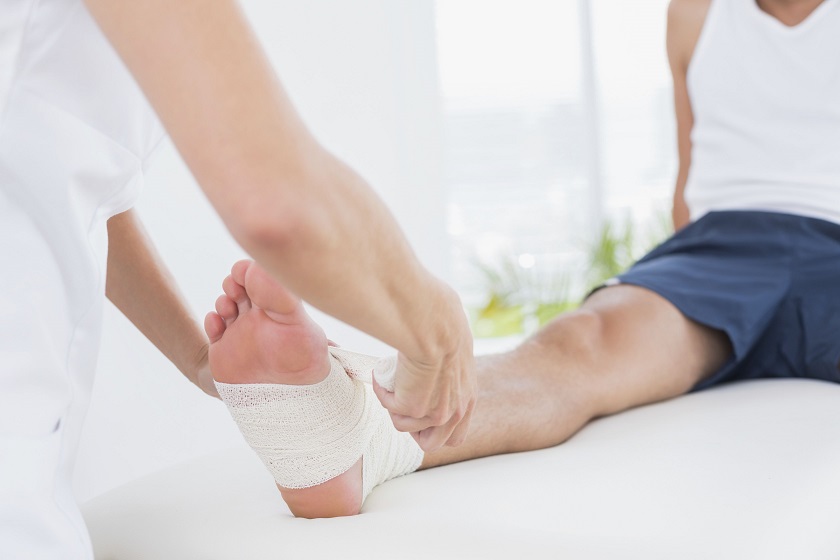Preventing Falls and Staying Steady: Injury Prevention for Seniors
July 18, 2023Drink water before, during, and after your workouts to maintain optimal hydration levels. Dehydration can lead to muscle cramps, fatigue, and decreased performance. Incorporating these injury prevention techniques into your active lifestyle will not only help you stay safe but also enhance your performance and enjoyment of physical activities. Remember, prevention is always better than cure, so prioritize smart moves and make injury prevention a top priority in your fitness journey.Working Safely: Injury Prevention in the Workplace In today’s fast-paced and demanding work environment, it is essential for both employees and employers to prioritize safety and injury prevention. By implementing proactive measures and fostering a culture of safety, businesses can significantly reduce workplace accidents and create a healthier and more productive workforce. One of the key elements in injury prevention is proper training.
Employees should receive comprehensive training on safety procedures, equipment usage, and emergency protocols. This includes training on lifting techniques, proper use of machinery, and the correct handling of hazardous materials. Regular refresher courses and ongoing education are also crucial to ensure that employees stay navigate here up-to-date with the latest safety practices. Employers should conduct thorough risk assessments to identify potential hazards and develop strategies to mitigate them. This may involve implementing engineering controls such as installing safety guards on machinery, providing personal protective equipment (PPE) such as gloves and helmets, or implementing ergonomic measures to reduce the risk of musculoskeletal disorders. Regular inspections and maintenance of equipment and facilities are essential to identify any potential issues and address them promptly. Promoting a culture of safety is equally important.
Employers should encourage employees to report any safety concerns or near-miss incidents without fear of reprisal. Regular safety meetings and open communication channels can facilitate the sharing of information and best practices. Recognizing and rewarding employees who demonstrate exemplary safety practices can also reinforce the importance of working safely. Ergonomics plays a vital role in injury prevention. Employers should ensure that workstations are properly set up, taking into consideration factors such as seating position, monitor height, and keyboard placement. Providing ergonomic accessories, such as adjustable chairs and standing desks, can also contribute to employee well-being and reduce the risk of repetitive strain injuries. Regular breaks and rotation of tasks can help prevent fatigue-related accidents. Encouraging employees to take short breaks and providing designated rest areas can enhance productivity and reduce the likelihood of accidents caused by exhaustion.


